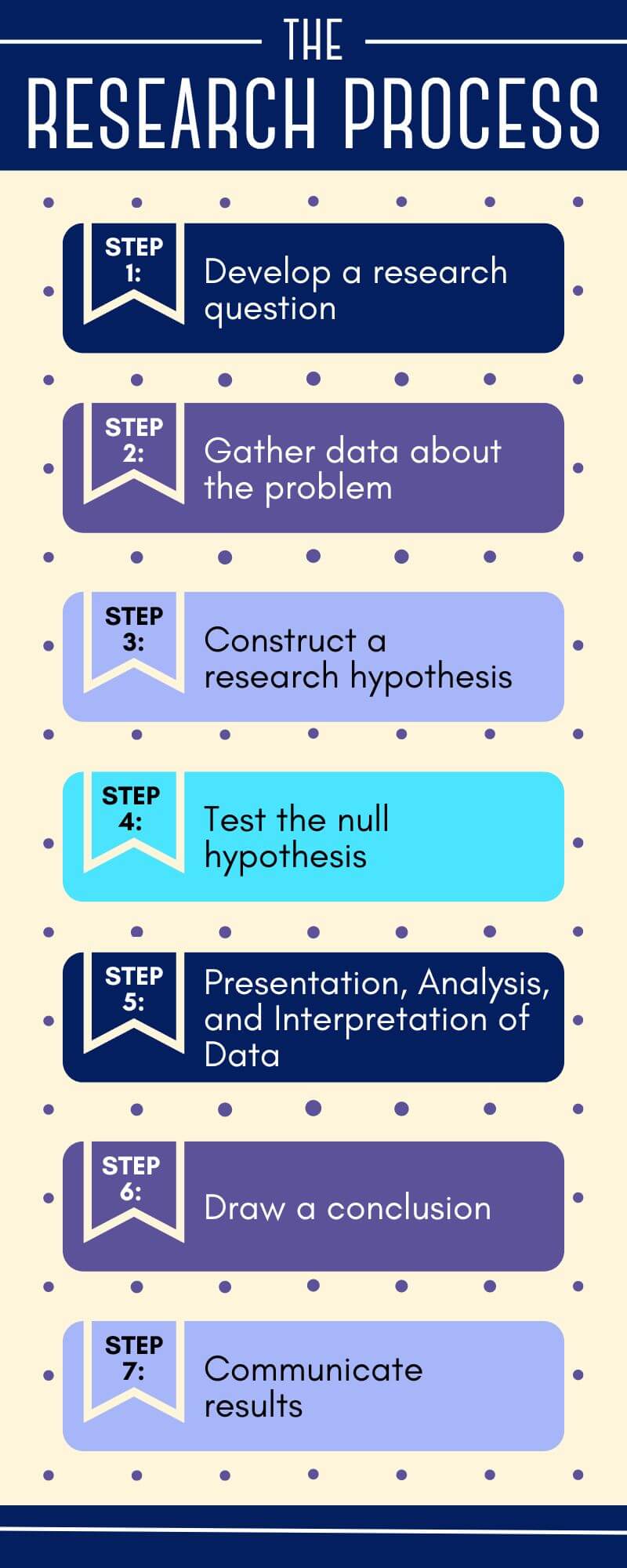How To Write Master Thesis Pdf: A master’s thesis is a research paper written by a graduate student in partial fulfillment of the requirements for a master’s degree. It typically involves original research or an in-depth analysis of a specific topic and is used to demonstrate the student’s mastery of the subject matter and their ability to conduct independent research. The thesis is usually reviewed and evaluated by a committee of academic experts in the field. In This Post We Will Tell You How To Write Master Thesis Pdf: Step By Step Example and Quickly Tips.
How Hard is A Masters Dissertation?
The difficulty of a master’s dissertation can vary depending on several factors, including the student’s background, the complexity of the research topic, the methods used to conduct the research, and the resources available. Writing a master’s dissertation can be a challenging and time-consuming process that requires dedication, hard work, and a strong motivation.
Some common difficulties include:
- Conducting thorough research: Gathering and analyzing data can be time-consuming and requires attention to detail.
- Writing and organizing the dissertation: Writing a master’s dissertation is a lengthy process that requires clear and concise writing, strong organization, and attention to detail.
- Time management: Balancing the demands of writing a dissertation with other commitments, such as work or family, can be challenging.
- Maintaining motivation: Writing a dissertation can be a long and often isolating process, so it’s important to stay motivated and focused on your goals.
- Managing stress: The process of writing a master’s dissertation can be stressful, so it’s important to find ways to manage stress and maintain a healthy work-life balance.
Despite these challenges, many students find the experience of writing a master’s dissertation to be rewarding and an excellent opportunity for personal and academic growth. With planning, discipline, and support from your advisor and peers, you can successfully complete your master’s dissertation.
A Masters Thesis Includes These Chapters
The chapters of a master’s thesis can vary depending on the institution and the specific requirements of the program, but typically it includes the following:
- Introduction: Provides background information on the research topic, outlines the research questions or objectives, and sets the stage for the rest of the thesis.
- Literature Review: Summarizes previous research in the field and provides a foundation for the current study.
- Methodology: Describes the research design, data collection methods, and data analysis techniques used in the study.
- Results: Reports the findings of the study, including any data analysis, statistical results, and conclusions.
- Discussion: Interprets the results, compares them with previous research, and discusses their implications.
- Conclusion: Summarizes the main findings and provides recommendations for future research.
- References: Lists all the sources cited in the thesis.
- Appendices: Includes any additional materials, such as graphs, charts, tables, or survey instruments, that support the research findings.
Note: The exact organization and number of chapters may vary depending on the institution and the specific requirements of the program.
How To Write Master Thesis Pdf: Step By Step Example and Quickly Tips
To Write a Master’s Thesis, Follow These Steps:
- Choose a relevant and specific topic for your thesis, in consultation with your advisor.
- Conduct a comprehensive literature review to familiarize yourself with existing research on your topic and identify gaps or opportunities for further exploration.
- Develop a clear research question or hypothesis, and formulate a detailed research plan, including methods and techniques to be used.
- Conduct the research and collect data, following ethical and academic standards.
- Analyze and interpret the data to answer your research question or test your hypothesis.
- Write the results section of your thesis, presenting your findings in a clear and concise manner.
- Discuss the implications of your results and their contribution to the existing literature in the discussion section.
- Conclude your thesis with a summary of your findings and recommendations for future research.
- Revise, edit, and proofread your thesis to ensure that it meets academic and scholarly standards.
- Submit your final version of the thesis to your advisor and other relevant authorities for review and evaluation.
Master Thesis Format Example
The format of a master’s thesis can vary depending on the institution and the specific requirements of the program, but it typically includes the following elements:
- Title page: Includes the title of the thesis, the author’s name, the date of submission, and the name of the degree program.
- Abstract: A brief summary of the thesis, usually 200-300 words, that provides an overview of the research question, methodology, results, and conclusion.
- Acknowledgments: An optional section where the author can thank anyone who has helped with the research or writing of the thesis.
- Table of contents: A detailed list of all the chapters and sections in the thesis.
- List of figures and tables: A list of all the figures, tables, and other illustrations in the thesis.
- Introduction: Provides background information on the research topic, outlines the research questions or objectives, and sets the stage for the rest of the thesis.
- Literature Review: Summarizes previous research in the field and provides a foundation for the current study.
- Methodology: Describes the research design, data collection methods, and data analysis techniques used in the study.
- Results: Reports the findings of the study, including any data analysis, statistical results, and conclusions.
- Discussion: Interprets the results, compares them with previous research, and discusses their implications.
- Conclusion: Summarizes the main findings and provides recommendations for future research.
- References: Lists all the sources cited in the thesis.
- Appendices: Includes any additional materials, such as graphs, charts, tables, or survey instruments, that support the research findings.
Note: The exact format of a master’s thesis can vary depending on the institution and the specific requirements of the program. It is important to follow the guidelines provided by your institution to ensure that your thesis meets the required standards.
How to Write a Masters Thesis Quickly
Writing a master’s thesis quickly can be challenging, but with proper planning and organization, it is possible to meet tight deadlines. Here are some tips to help you write a master’s thesis quickly:
- Start early: Give yourself plenty of time to research, write, and revise your thesis. The earlier you start, the more time you have to work on your project.
- Set clear goals and milestones: Break down the writing process into manageable steps and set deadlines for each step. This will help you stay focused and on track.
- Develop a writing routine: Allocate a regular time each day or week for writing and stick to it. This will help you make steady progress and build momentum.
- Focus on the most important parts first: Prioritize the sections of your thesis that are most critical to your argument and focus on these first.
- Minimize distractions: Find a quiet place to work, turn off notifications on your phone, and eliminate other distractions to help you stay focused.
- Write concisely: Avoid rambling and stick to the main points. Use concrete examples and evidence to support your arguments.
- Use templates and outlines: Utilize templates and outlines to streamline your writing process and make it easier to stay organized.
- Seek feedback: Share your writing with others and ask for feedback to help you identify areas that need improvement and make revisions quickly.
- Stay motivated: Writing a thesis can be a long and often isolating process, so it’s important to find ways to stay motivated and focused on your goals.
Remember that writing a thesis quickly may require a significant investment of time and effort, but with careful planning and organization, you can successfully complete your project in a timely manner.
Also Download: How To Write Master Thesis Pdf : Step By Step Example and Quickly Tips
Tips for Masters Thesis Writing?
Here are some tips to help you with writing your master’s thesis:
- Start early: Give yourself plenty of time to research, write, and revise your thesis.
- Choose a topic that interests you: Your thesis will require a lot of time and effort, so choose a topic that you are passionate about and that will keep you motivated.
- Develop a strong thesis statement: Your thesis statement should clearly articulate the main argument or focus of your paper.
- Plan and organize your writing: Create an outline, set milestones, and stick to a writing schedule.
- Conduct thorough research: Gather relevant sources, take notes, and synthesize your findings.
- Write clearly and concisely: Use plain language, avoid jargon, and make sure your writing is well-structured and easy to follow.
- Use concrete examples and evidence: Support your arguments with concrete evidence, such as data, statistics, and examples.
- Revise and edit your work: Review your writing for clarity, coherence, and consistency, and make changes as necessary.
- Seek feedback: Get feedback from your advisor, peers, or writing center to improve your thesis.
- Stay motivated: Writing a thesis can be challenging, but keep in mind why you started and the end goal in sight.
Remember that writing a thesis is a process and it is important to stay organized and focused in order to produce a high-quality final product.
Thank You For Reading This Post “How To Write Master Thesis Pdf”. If You have any questions feel free to ask me.
Must Read:
- [100+] Computer Science Research Topics Free [Thesis Pdf] 2023
- [100+] Geography Research Topics With Free [Thesis Pdf] 2023
- [100+] Biotechnology Research Topics With Free [Thesis Pdf] 2023
- [100+] Mathematics Research Topics With Free [Thesis Pdf] 2023
- [100+] Marine Science Research Topics With Free [Thesis Pdf] 2023
- [100+] Humanities Research Topics With Free [Thesis Pdf] 2023
- [100+] Public Administration Research Topics With Free [Thesis Pdf] 2023
- [100+] Life Science Topics With Free [Thesis Pdf] 2023
- [100+] Social Science Research Topics With Free [Thesis Pdf] 2023
- [100+] Law Research Topics With Free [Thesis Pdf] 2023
- [100+] Statistics Research Topics With Free [Thesis Pdf] 2023
- [100+] Management Research Topics With Free [Thesis Pdf] 2023
- [100+] Political Science Research Topics With Free [Thesis Pdf] 2023
- [100+] Business Studies Research Topics With Free [Thesis Pdf] 2023
- [100+] Philosophy Research Topics With Free [Thesis Pdf] 2023
- [100+] English Research Topics With Free [Thesis Pdf] 2023
- [100+] Agriculture Research Topics With Free [Thesis Pdf] 2023
- [100+Pdf] Research Topics Of History In Hindi-इतिहास के शोध विषय
- पीएचडी के छात्र एक ही समय पर दो डिग्री नहीं कर सकते: यूजीसी
- [100+] Applied Psychology Research Topics With Free [Thesis Pdf] 2023
- [100+] Zoology Research Topics For College Students With Free [Thesis Pdf] 2023
- [100+] Microbiology Research Topics For College Students With Free [Thesis Pdf] 2023
- [100+] Medical Research Topics For College Students With Free [Thesis Pdf] 2023
- [100+] Library and Information Sciences Research Topics For College Students With Free [Thesis Pdf] 2023
- [100+] Home Science Research Topics With Free [Thesis Pdf] 2023
- [100+] Health Sciences Topics For College Students With Free [Thesis Pdf] 2023
- [100+] Education Research Topics For College Students With Free [Thesis Pdf] 2023
- [100+] Economics Research Topics For College Students With Free [Thesis Pdf] 2023



1 thought on “How To Write Master Thesis Pdf: Step By Step Example and Quickly Tips”